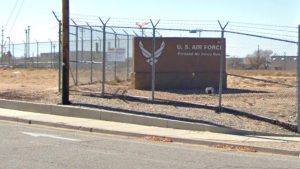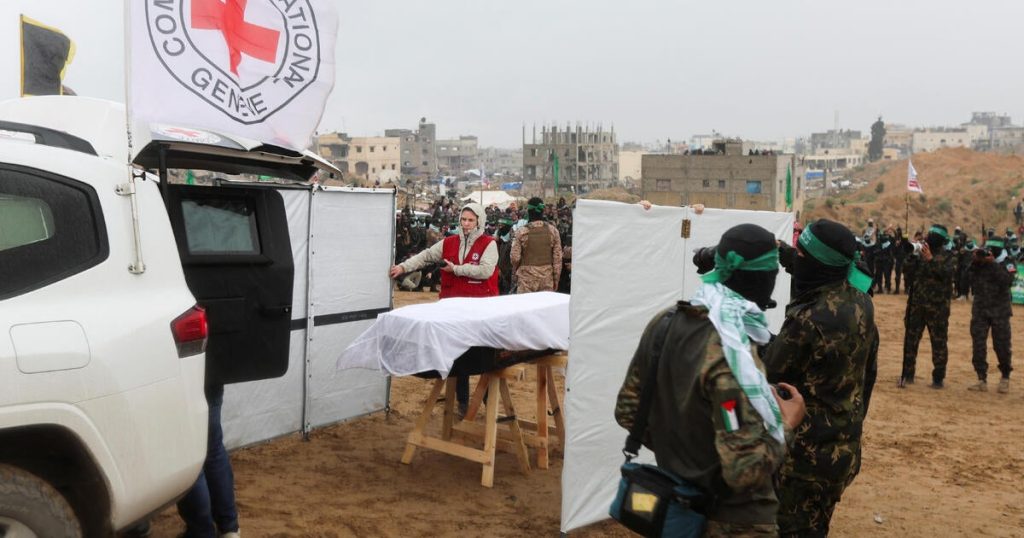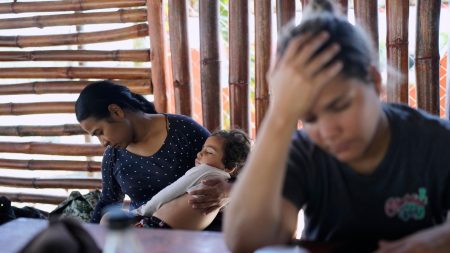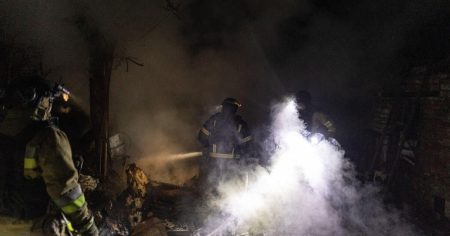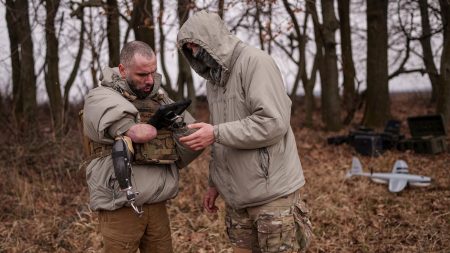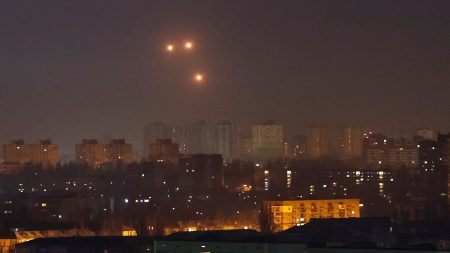The Handover and Its Emotional Weight
On February 20, 2025, in the southern Gaza Strip, a poignant scene unfolded as Hamas handed over the bodies of four Israeli hostages to the Red Cross. The remains were identified as Shiri Bibas, her two children Ariel and Kfir, and Oded Lifshitz. This somber event marked a tragic reminder of the human cost of the conflict, as the families of the victims had endured over a year of uncertainty. The handover, attended by Red Cross officials and surrounded by the stark reality of war, was a moment of profound sorrow. The Bibas family, whose story had captured the hearts of many, faced the grim reality of losing a mother and her young children, while Oded Lifshitz’s abduction and death added another layer of grief. The return of their loved ones brought closure, yet it also underscored the enduring pain of the conflict.
The Victims and Their Stories
Shiri Bibas and her children, Ariel and Kfir, were taken from their home in Kibbutz Nir Oz during the October 7, 2023, attack. Kfir, just nine months old, and Ariel, four years old, were the youngest captives. Their mother, Shiri, had been seen in a terrifying video, clutching her children as they were led away. Yarden Bibas, the father, was released after 16 months, but the fate of his family remained uncertain. Oded Lifshitz, an 83-year-old journalist and advocate for Palestinian rights, was also taken, leaving behind his wife Yocheved, who was later freed. Their stories, marked by hope and despair, symbolized the innocent lives caught in the crossfire of conflict.
Families and Communities in Mourning
The Bibas family’s ordeal resonated deeply across Israel. Supporters wore orange, symbolizing the children’s red hair, and a lullaby was composed in their memory. The family’s statement, awaiting DNA confirmation before acknowledging their loss, reflected their enduring hope. Similarly, Oded’s advocacy for peace highlighted the broader tragedy of a region in conflict. Communities gathered in solidarity, from Tel Aviv’s Hostage Square to Kibbutz Nir Oz, where residents waved flags, finding strength in unity. These gatherings were a testament to the resilience of a nation grieving, yet holding on to hope.
The Ceasefire and Political Implications
The handover occurred amidst a fragile ceasefire, offering a glimmer of peace after 15 months of war. However, the release of bodies also reminded all of the negotiations’ delays and the lives lost during these talks. Hamas’s insistence on a lasting ceasefire and Israeli withdrawal for further releases underscored the challenges ahead. Netanyahu’s commitment to dismantling Hamas and recovering hostages, supported by the Trump administration, presented a complex political landscape. Trump’s proposed relocation of Palestinians from Gaza further complicated the situation, facing widespread rejection. These political maneuvers cast doubt on the ceasefire’s sustainability and the potential for further negotiations.
The Ongoing Humanitarian Crisis
The conflict’s impact on Gaza was devastating, with Israeli offensives resulting in significant casualties and destruction. Gaza’s Health Ministry reported over 48,000 Palestinian deaths, predominantly women and children, while Israel claimed over 17,000 militants killed. Entire neighborhoods were reduced to rubble, displacing 90% of Gaza’s population at the war’s peak. Many returned home to find nothing, their lives shattered. The humanitarian crisis deepened, with rebuilding efforts seemingly impossible. This backdrop highlighted the dire need for a peaceful resolution to prevent further suffering.
A Glimmer of Hope and the Path Forward
Despite the tragedy, the release of hostages and bodies brought a semblance of closure to some families. The return of 24 living hostages in recent weeks and the promise of six more provided a fragile hope. Yet, with around 60 hostages remaining, many feared dead, the path forward was uncertain. The ceasefire’s first phase nearing its end in March 2025 underscored the urgency for renewed negotiations. The Bibas and Lifshitz families’ stories served as a reminder of the human cost and the necessity for empathy and understanding in the pursuit of peace. As the region navigated this critical juncture, the focus remained on the innocent lives lost and the hope for a future where such tragedies could be remembered without repeating.


